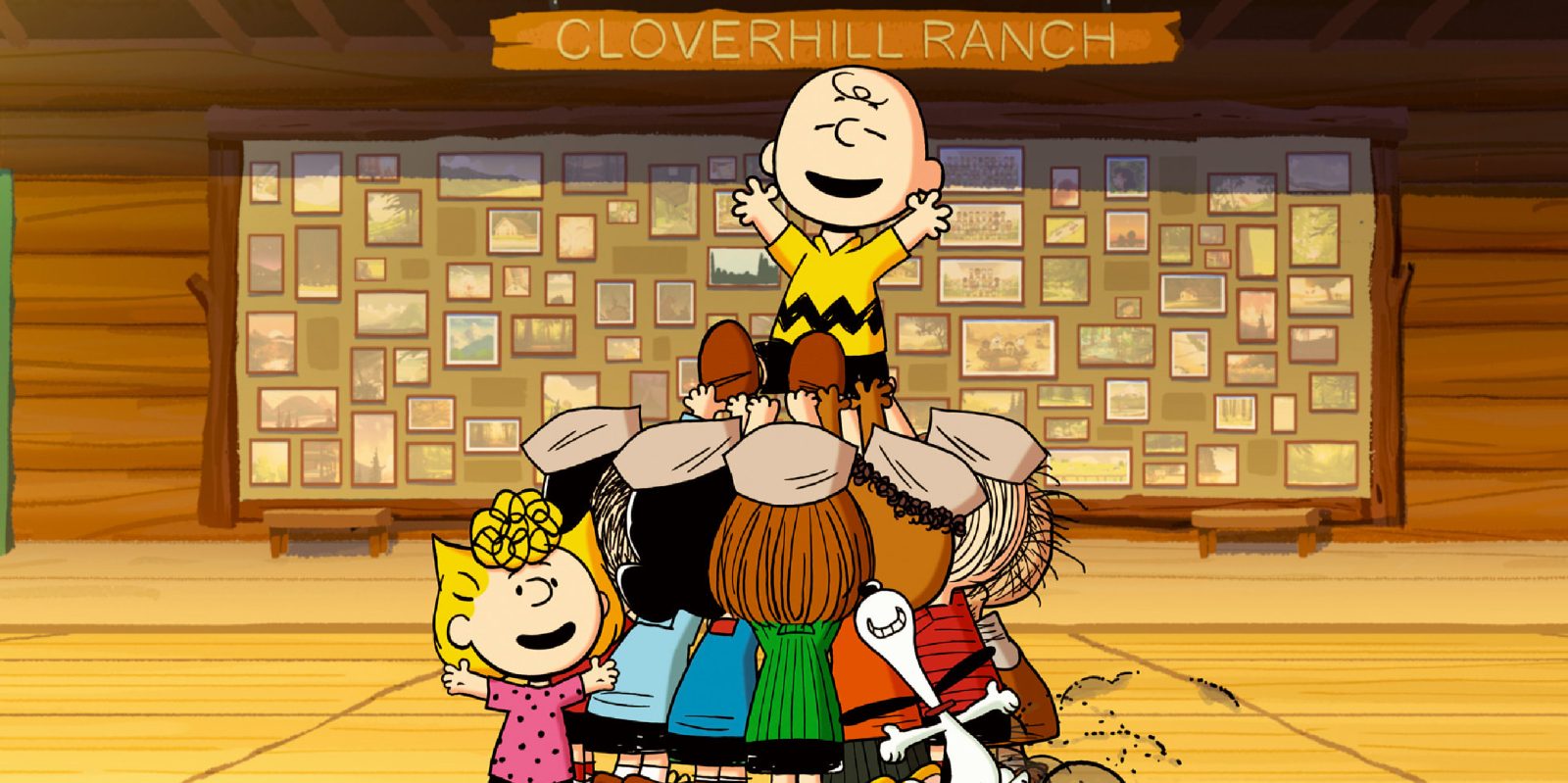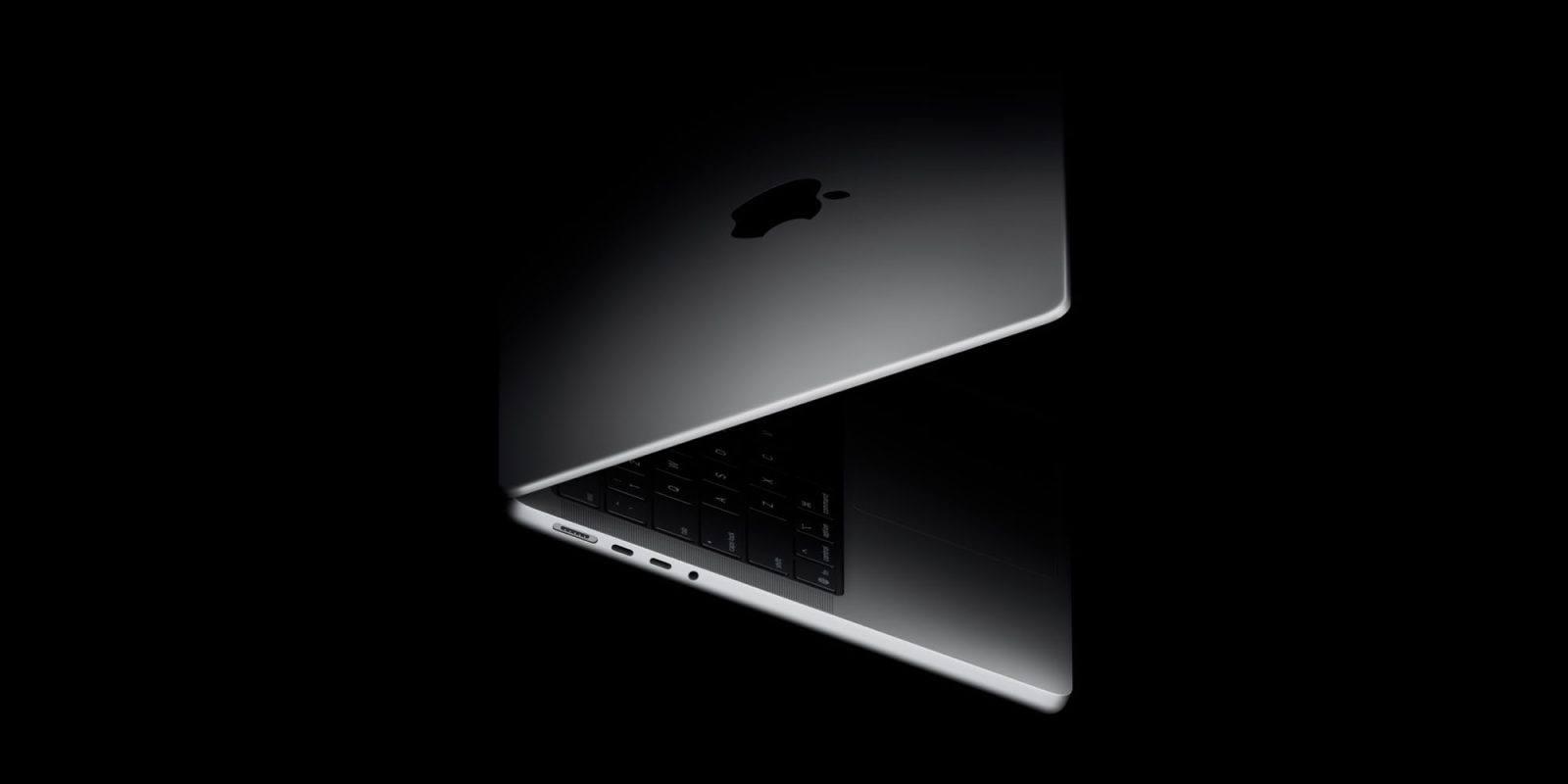In a groundbreaking move, director Danny Boyle has redefined cinematic storytelling with his latest film, 28 Years Later, by utilizing the iPhone 15 Pro Max as the primary filming device. This innovative approach not only pays homage to the original 28 Days Later, which was shot using consumer-grade digital cameras, but also showcases the remarkable advancements in smartphone technology and its potential in professional filmmaking.
Embracing Technological Evolution
Reflecting on the original 2002 film, Boyle recalls the challenges of capturing an abandoned London with limited resources. The use of Canon XL-1 camcorders allowed for quick setups and a distinctive visual style that became iconic. Fast forward to today, the iPhone 15 Pro Max offers unparalleled capabilities, enabling filmmakers to shoot in 4K resolution with a log color profile, providing greater control over contrast, highlights, and shadows. This technological leap has empowered Boyle and his team to film in remote locations with minimal equipment, preserving the untouched aesthetic crucial to the film’s narrative.
Innovative Filming Techniques
To capture the film’s intense and immersive scenes, Boyle and cinematographer Anthony Dod Mantle developed custom rigs capable of holding multiple iPhones simultaneously. These setups ranged from eight to twenty devices, allowing for the recording of action from various angles at once. One particularly striking sequence utilized all twenty iPhones, creating a 180-degree field of vision that immerses the audience directly into the action. Boyle describes this technique as a poor man’s bullet time, referencing the dynamic visual effect popularized by films like The Matrix.
Aesthetic and Narrative Impact
The decision to shoot with iPhones was not merely a technical choice but also a narrative one. The compact nature of the devices allowed the crew to film in secluded areas of Northumbria and Scotland, locations that would have been challenging to access with traditional equipment. This approach ensured that the landscapes appeared untouched, aligning with the film’s post-apocalyptic theme. Additionally, the use of iPhones facilitated a more intimate and immediate filming style, capturing the raw emotions and visceral horror that define the 28 Years Later experience.
Industry Implications
Boyle’s pioneering use of iPhone technology in a major motion picture challenges conventional notions of filmmaking. It demonstrates that compelling storytelling and high-quality visuals are achievable without the need for traditional, expensive equipment. This democratization of filmmaking tools opens new possibilities for independent filmmakers and underscores the potential of smartphones as legitimate instruments in the cinematic arts.
Conclusion
28 Years Later stands as a testament to Danny Boyle’s visionary approach to filmmaking. By embracing the capabilities of the iPhone 15 Pro Max, Boyle has not only honored the innovative spirit of the original film but also set a new precedent for the industry. This bold experiment highlights the evolving landscape of cinema, where technology and creativity converge to tell compelling stories in unprecedented ways.



